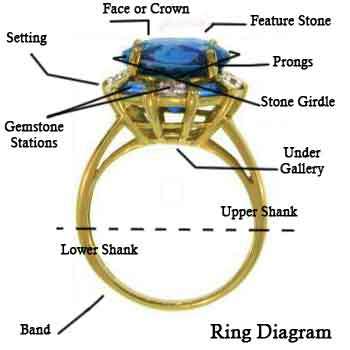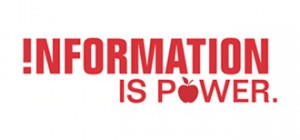 If you’ve decided to sell a piece of gold or silver jewelry, then understanding the many different factors that go into determining the value of a ring can be an important first step toward ensuring you get the best price possible for your jewelry.
If you’ve decided to sell a piece of gold or silver jewelry, then understanding the many different factors that go into determining the value of a ring can be an important first step toward ensuring you get the best price possible for your jewelry.
First of all, it’s important to remember that precious metals like gold and silver are commodities, and like any other commodity, their value is likely to change over time due to overall market conditions. Gold and silver prices often fluctuate due to external factors like war or inflation. There’s no way of determining the intrinsic value of a piece of gold or silver jewelry, because the metal is only worth as much as someone will pay you for it, and the amount someone will pay you for it is based on how much gold or silver is available on the marketplace.
That being said, there are certain steps you can take to make sure the price you’re getting for your gold or silver ring is more or less in line with the current market prices. You can start by checking the prices at a source like goldprice.org or silverprice.org. After you’ve done that, you’ll also want to examine the rings you intend to sell to get an idea of the condition and makeup of the rings.
The good thing about selling gold and silver is that unlike gemstones, there is always an objective quantitative melt price that can easily be determined based on weight and carat. It might also be helpful for you to learn about the most valuable parts of a ring.
The typical ring is also made up of several different parts, each of which has a different amount of precious metal in it, and hence, a different value.
The first part found in every gold or silver ring is the shank. This is the large, round part at the bottom of the ring that holds the ring in place on your finger. It is typically the largest part of the ring, so it is also most likely to have the highest value. It is also typically where you would look to find the carat number for your ring, another reason it is important to inspect the shank before trying to sell your rings.
The head is the part of the ring that is found on top of the shank. Depending on the actual makeup of the ring, the head may include either prongs, which are small pieces of metal intended to hold a gemstone in place, or a bezel, which is a wider setting where the gemstone is held in place securely by a raised lip. The difference in the design between a bezel and prongs can also make a difference in the amount of precious metal that is included in the ring, so it’s another important thing to pay attention to.
If your rings include gemstones mounted on their bezels or prongs, then it’s important to remember that you should account for this when doing your weight calculations. Although some gemstones are quite valuable, and many precious metal buyers are also willing to buy gemstones as well, gemstones don’t follow a clear market-based pricing model the way that gold and silver do, so you should start by determining the value of the gold or silver in your ring before you start complicating matters by adding a gemstone into the equation.
Now that you know the about the different parts of a ring, you should look to find the carat rating of your rings. In the United States, gold is rated from 10K (the lowest purity gold allowed to be called “gold” by law) to 24K (pure gold). Keep in mind that the daily per-ounce gold prices you see listed at sources like goldprice.org are for 24K gold, so you might expect to receive significantly less than the listed price if your rings are of a lower purity.








